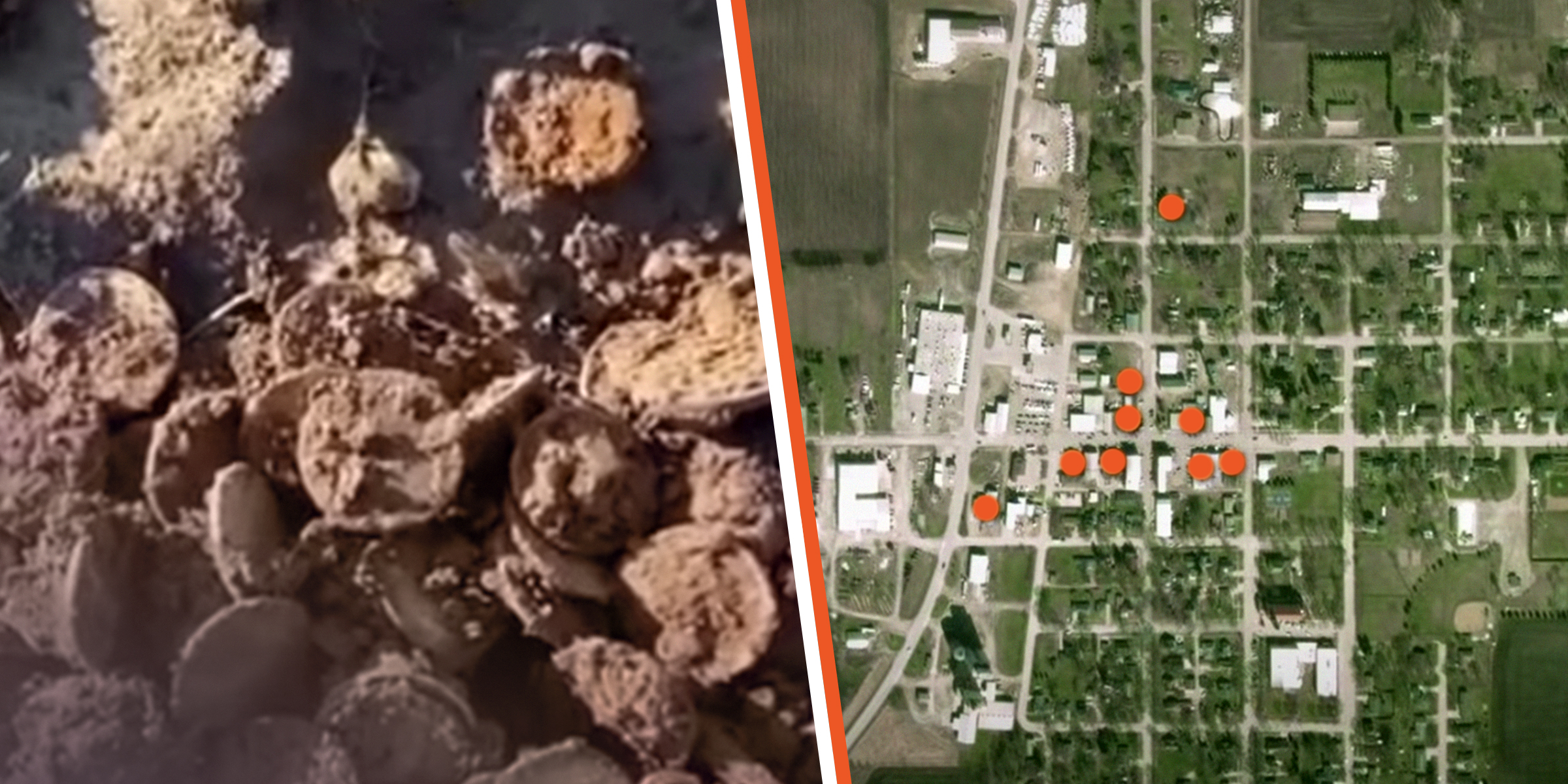
Man Finds $2M Treasure on His Farm: 13 Other US Sites Where Lost Wealth Might Be Found
- A man found a surprise of his life while digging in his farm in 2023.
- He showed a video of gold coins sticking out of dirt on his cornfield.
- The hidden treasures found by this man are estimated to be worth a value exceeding $2 million.
A Kentucky man was surprised after finding an unexpected hidden treasure while digging in his field in 2023. His findings were a substantial collection of gold coins worth millions of dollars.
Upon retrieval, the gold coins were found to be more than 700, and 95% of the hoard was made up of gold dollars dating to the American Civil War era.
This treasure, dubbed "Great Kentucky Hoard," has a handful of silver coins and several gold pieces dating between 1840 and 1863. The whole catch is estimated at a value exceeding $2 million.
The man, whose identity and exact location have not been disclosed to the public, found the treasure and recorded a video showing the gold and silver coins mixed with dirt in his field. He points his camera at the artifacts lying on the ground and says,
"This is the most insane thing ever. Those are all $1 gold coins, $20 gold coins, $10 gold coins."
The Numismatic Guaranty Co. (NGC) certified the authenticity of the hoard. GovMint.Com also looked into where the coins were sold. The two organizations confirmed that gold dollars comprised 95% of the hoard, with 20 $10 liberty coins and eight $20 liberty coins.
These $20 liberty coins are rare because they don't include the words "In God We Trust," a tag added in 1866 after the American Civil War ended. According to NGC, the $20 liberty coins circulated from 1850 to 1907. The Treasure Department minted these coins after gold was discovered in California.
The rarest of the treasure are 18 1863-P $20 1-ounce gold Liberty coins, and just one can be sold at six figures in an auction. A look into the past shows that Kentucky has several hidden treasures, and this man's findings are just part of the gold coins that can be found in the state.
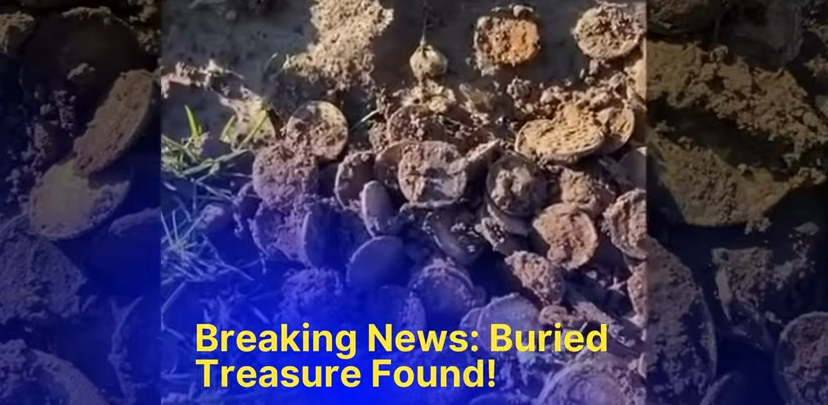
Buried gold coins | Source: youtube.com/GovMint.com Coins
Are There Other Places with Buried Treasures?
How the coins came to be buried in the Kentucky man's field is still a mystery. Certified Collectibles Group Executive Vice President Andrew Salzberg said that after the coins were retrieved from the soil, they turned out to be incredibly gorgeous and well-stored.
Salzberg added that the owner burying the coins, which limited their exposure to air, helped the coins remain well preserved after all these years.
An archaeologist has spoken out about who ends up with such treasures when they are found. The archaeologist also revealed the importance of finding and studying the treasure to gain historical knowledge.
People have speculated that the owner of the coins buried them to hide the treasure from an advancing Confederate Army. The President of the Louisville Numismatic Exchange, Byrd Saylor, revealed that historically, wealthy people buried their money.
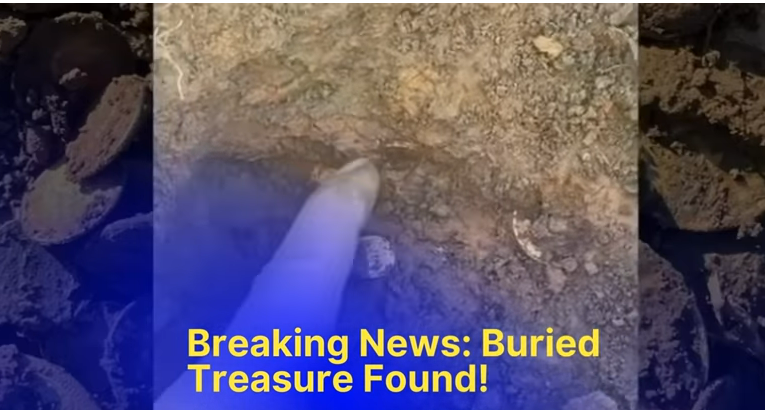
A man points at buried gold coins | Source: youtube.com/GovMint.com Coins
Saylor noted that in the past, banks were good, but they were often robbed, so people had to find a secure place to keep their money, which could include burying. Unfortunately, when people owning these treasures are killed, Saylor said the money "stays in the ground."
The coins found in the "Great Kentucky Hoard" are believed to have been buried over 160 years ago. People now question why the owner failed to retrieve them in the past.
Moreso, reports indicate 13 more places in Kentucky with lost treasures. Wealthy Kentuckians are rumored to have buried their money to prevent the Confederacy from stealing them.
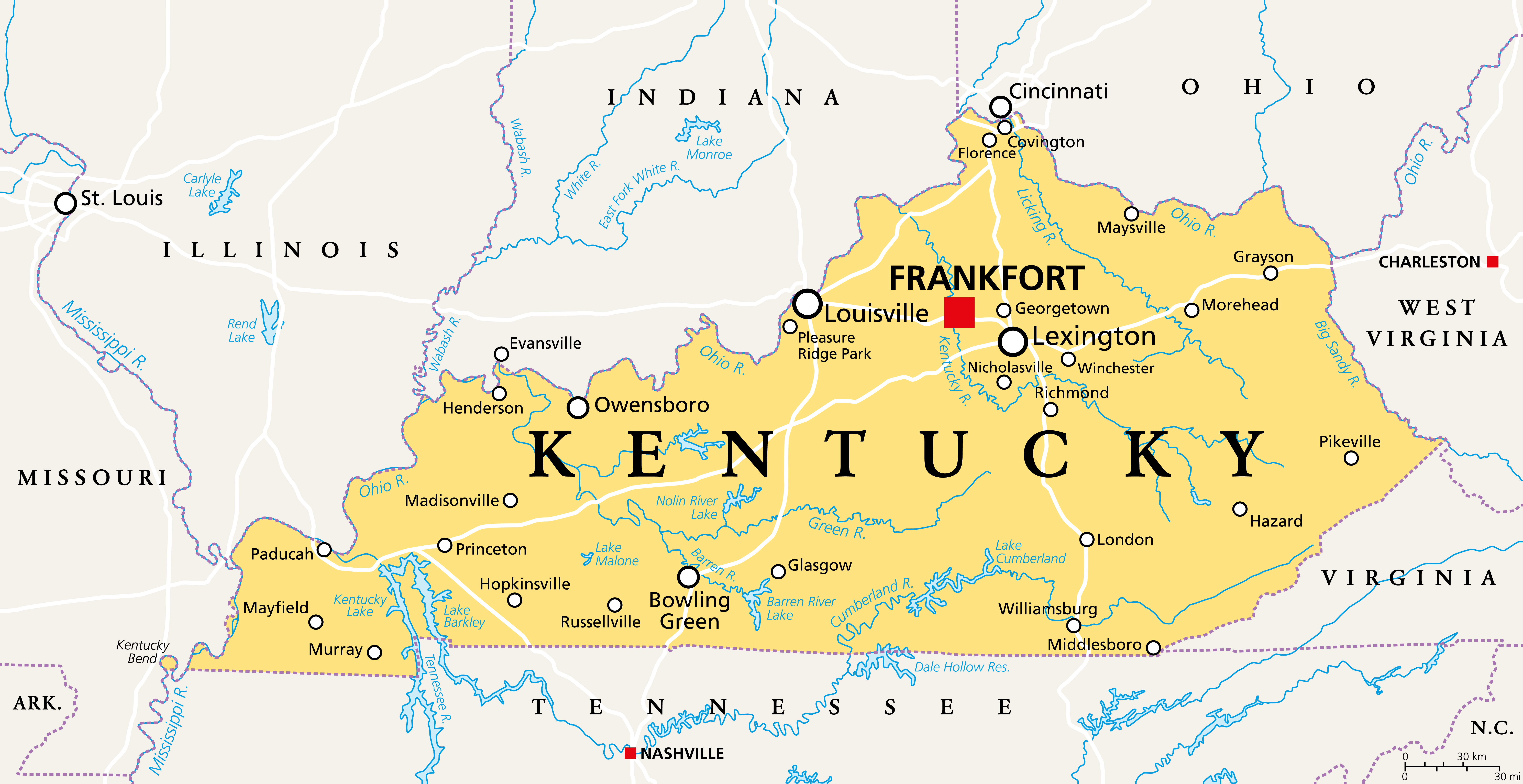
Kentucky, KY, political map | Source: Getty Images
James Langstaff left a letter that said he had buried gold coins worth $20,000 in his property on Broadway or South Third Street in Paducah. William Pettit also said he buried gold coins worth $80,000 near Lexington. Pettit's farm can be found off Nicholasville Road, North of Stone Road.
The third treasure is Jesse James and The Russelville Bank Loot of gold coins worth $50,000 hidden near Russelville, while the fourth is the River Boat Wrecks Treasure made of gold and silvers that ended up in the Ohio River.
The fifth treasure in Kentucky is the Confederate Soldier's Buried Gold, gold coins stashed at a farm near Richmond. A Moonshiners Cache consisting of large amounts of gold and silver is reportedly stored near Pineville on the Hensley Settlement.
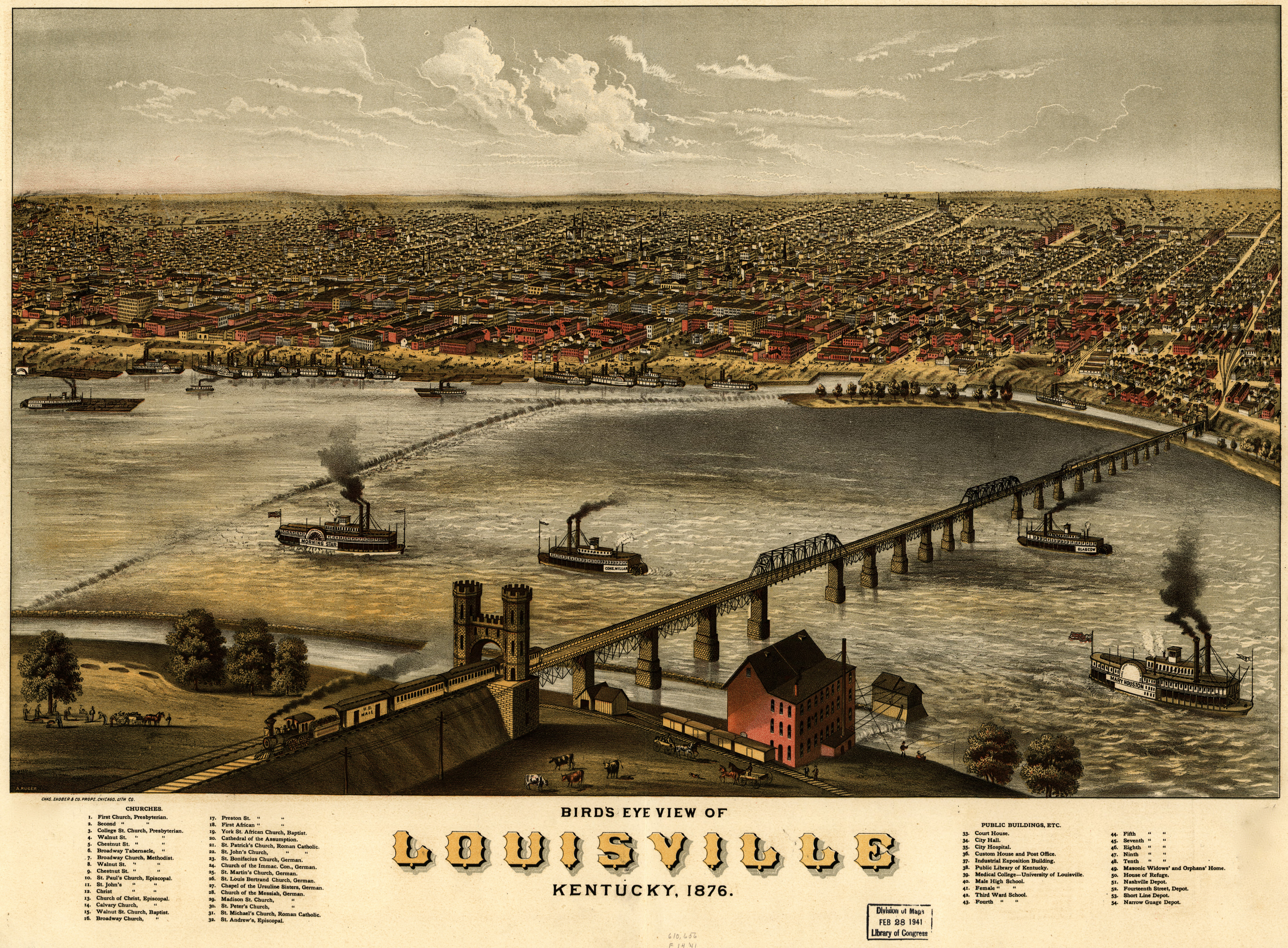
An elevated, bird's eye view of Louisville, Kentucky, and the Ohio River photographed in 1876 | Source: Getty Images
Gamblers lost cache worth $12,000 is said to be in a Horse Cave in Hart County, while another Docks Buried Gold Cache worth $50,000 in gold is reportedly stored at Big Mouth cave north of Pine Knob.
The ninth hidden treasure is Frank Andrews Buried Illegal Gains of unknown values, stashed at Newport in a section of town called Tug Fork.
The tenth treasure, worth $3 million in golf and silver, is the Gold and Silver Bars in Big Sandy Rivers hidden at Big Sandy Rivers near Pineville off of State Highway 25E in Belle County.
There are also reports of treasures in Eleven Jones Caves. The various treasures were stashed in a cave system that started near the South Fork of Beargrass Creek and ran through Louisville.
The twelfth treasure is Uncle Lige's Buried Gold consisting of $1,000 in $20 gold coins stored in Beaver Creek — on the Parrish Farm four miles southwest of Glasgow.
The thirteenth treasure is from the Confederate soldiers under quarantine due to measles. They allegedly stole payroll and hid it in a cave in Cumberland Gap. However, none of these treasures have been recovered.
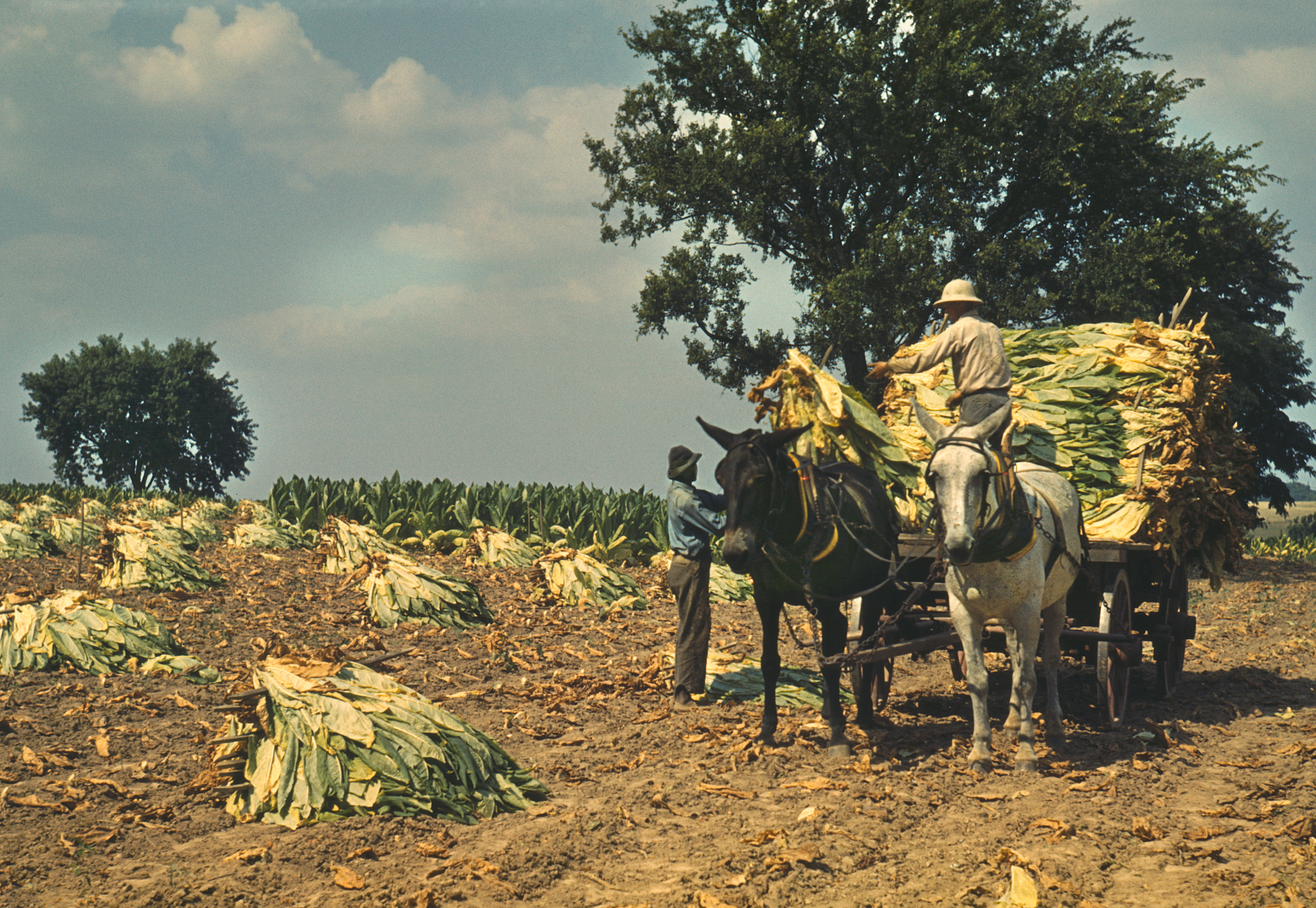
Two workers at the Russell Spears Farm, near Lexington, Kentucky, on September 1940 | Source: Getty Images
Will Ordinary People Retain Found Buried Treasures?
An archaeologist has spoken out about who ends up with such treasures when they are found. The archaeologist also revealed the importance of finding and studying the treasure to gain historical knowledge.
Ryan Mutt, a conflict archaeologist at Georgia Southern University, has yet to see the treasure from the cornfield. Still, he said its time period and location indicate it was buried before the Confederate John Hunt Morgan's June to July 1863 raid.
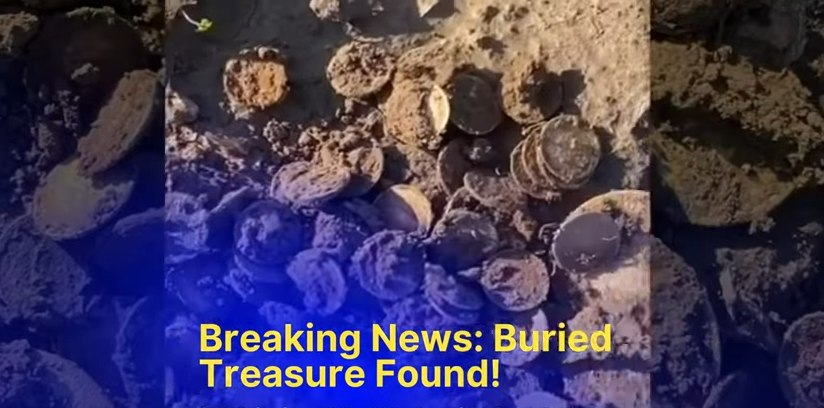
Buried gold coins | Source: youtube.com/GovMint.com Coins
Mutt added that the "Great Kentucky Hoard" has federal coins, which may mean they came from Kentuckian's dealings with the federal government. He noted that they may have been hidden to conceal the transactions from a Confederate raiding party.
The archaeologist said such treasures often go to the market or are collected without archaeological consultation. Mutt noted that the landowner retains their find and can choose to engage an archaeologist, but if he doesn't want to, this snapshot of the past will be lost forever.
He advised against dismissing archaeologists and said archaeological consultations about such hoards offer archaeologists insight into a brief window in time.
Here's a story about a family that worked on a farm for pennies, and one day, their son dug up treasure from a local legend.
Subscribe to AmoMama on Google News!
